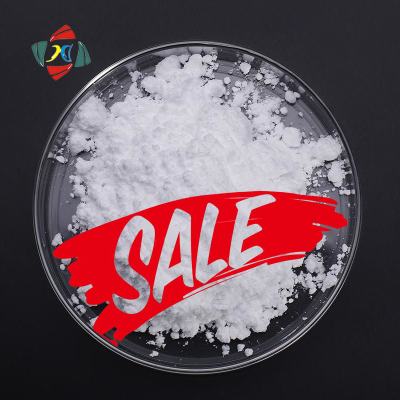-
Categories
-
Pharmaceutical Intermediates
-
Active Pharmaceutical Ingredients
-
Food Additives
- Industrial Coatings
- Agrochemicals
- Dyes and Pigments
- Surfactant
- Flavors and Fragrances
- Chemical Reagents
- Catalyst and Auxiliary
- Natural Products
- Inorganic Chemistry
-
Organic Chemistry
-
Biochemical Engineering
- Analytical Chemistry
- Cosmetic Ingredient
-
Pharmaceutical Intermediates
Promotion
ECHEMI Mall
Wholesale
Weekly Price
Exhibition
News
-
Trade Service
Dihydrogalanthamine is a valuable organic compound that has various applications in the chemical industry, pharmaceuticals, and biotechnology.
The production process of Dihydrogalanthamine involves several steps, which are essential for the synthesis of this compound.
In this article, we will discuss the production process of Dihydrogalanthamine in detail and highlight the important aspects of each step.
- Preparation of Reagents:
The production of Dihydrogalanthamine involves the use of several reagents, including sodium hydride, N,N-dimethylacetamide (DMA), and 2,2-dimethyl-1,3-dioxolan-4-one (DMDO).
These reagents are prepared in advance and are used in the appropriate quantities during the reaction. - Catalytic Hydride Reduction:
The first step in the production of Dihydrogalanthamine involves the catalytic hydride reduction of N-benzyloxycarbonyl-L-alanine (NBOC-L-Ala), which is an important intermediate in the synthesis of Peptide drugs.
In this step, NBOC-L-Ala is dissolved in a solvent such as THF, and the mixture is cooled to -20°C.
Sodium hydride is added to the mixture, and the reaction is catalyzed by a catalyst such as hydrogen gas.
The resulting product is N-benzyl-L-alanine (NBL-L-Ala), which is further used in the next step. - Deprotection:
The next step is the deprotection of NBL-L-Ala, which involves the removal of the benzyl group.
In this step, NBL-L-Ala is dissolved in DMA, and DMDO is added to the mixture.
The reaction is carried out at room temperature for several hours, and the resulting product is L-alanine (L-Ala), which is further used in the next step. - Coupling Reaction:
The next step in the production of Dihydrogalanthamine involves the coupling of L-alanine with N-methyl-L-alanine (NML-L-Ala) in the presence of a catalyst such as hydrochloric acid.
The reaction is carried out at room temperature for several hours, and the resulting product is N-methyl-2,2-dimethyl-1,3-dioxolan-4-one (NMDM-DMDO), which is a key intermediate in the synthesis of Dihydrogalanthamine. - Hydrogenation:
The final step in the production of Dihydrogalanthamine involves the hydrogenation of NMDM-DMDO to Dihydrogalanthamine.
The hydrogenation is carried out in the presence of a catalyst such as palladium on barium sulfate, and the reaction is carried out at high pressure and temperature.
The resulting product is Dihydrogalanthamine, which is further purified and used as required in the chemical industry and other fields.
Overall, the production process of Dihydrogalanthamine involves several steps that require careful planning and execution.
The quality of the reagents and the reaction conditions play a crucial role in the synthesis of Dihydrogalanthamine, and the purity and yield of the product must be carefully monitored at each step.
The reaction can be scaled up or down depending on the requirement, and the reaction conditions can be optimized for maximum efficiency and yield.
The production of Dihydrogalanthamine is an essential step in the synthesis of various peptide drugs and other organic compounds, and it has a wide range of applications in the chemical industry and other fields.







